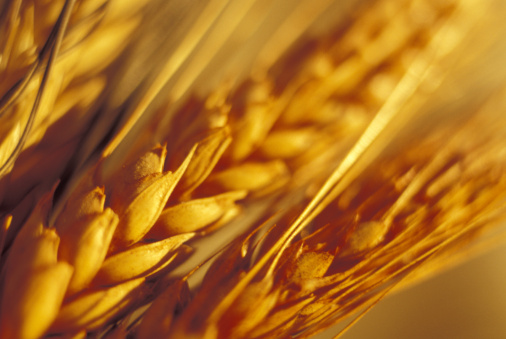Geopolitical forces, harsh climate, and other factors contributed to a rough third quarter for wheat, but amid the bearish tones, some analysts see upside ahead for the agricultural commodity.
It could be a simple case of market gravity where what comes up must eventually come down. Wheat prices, of course, are hoping for the opposite of that.
The conflict between Russia and Ukraine will continue to play a factor in affecting this grain’s supply. In the meantime, another ongoing catalyst for potential wheat price fluctuations is harsh weather stemming from El Nino.
“The logic is simple. Further disruptions by Russia and of Russia’s own important grain supplies are a major risk. We have climate warming as a generality which we can see is cutting the water levels in crucial arteries like the Mississippi, which carries 60% of U.S. grain to ports where it can be shipped abroad, so we can have all sorts of disruptions we haven’t imagined from climate change,” said veteran strategist David Roche, president and global strategist at Independent Strategy.
“And then on top of that we’ve got El Nino, where the evidence of crops being affected is now starting to become very clear,” he added.
Get Wheat Futures Exposure
Short-term traders looking to capitalize on fluctuating wheat prices or long-term investors who want to diversify their buy-and-hold portfolios can look to get easy ingress to this grain’s exposure via exchange traded funds (ETFs). One fund to consider is the Teucrium Wheat Fund (WEAT), which offers an easy way for investors to gain exposure to the price of wheat futures in a brokerage account.
For short-term traders, WEAT offers the ability to get exposure to wheat futures without having a margin account. For long-term buy-and-hold investors, the grain can also serve as an inflation hedge as consumer prices rise.
“Wheat prices have a historically low correlation with U.S. equities making WEAT a potentially attractive option for portfolio diversification,” the Teucrium product website noted.
With wheat prices recently falling, it could be an area of value for future upside, especially for the long-term investor. The global food crisis will also continue to play a factor for demand in wheat.
“So we’re looking at food security as a major demand-side factor as well,” Roche added. “I may have to wait a year, maybe three years, to get returns on these grains. But I’m prepared to sit it out.”
For more news, information, and strategy, visit the Commodities Channel.

